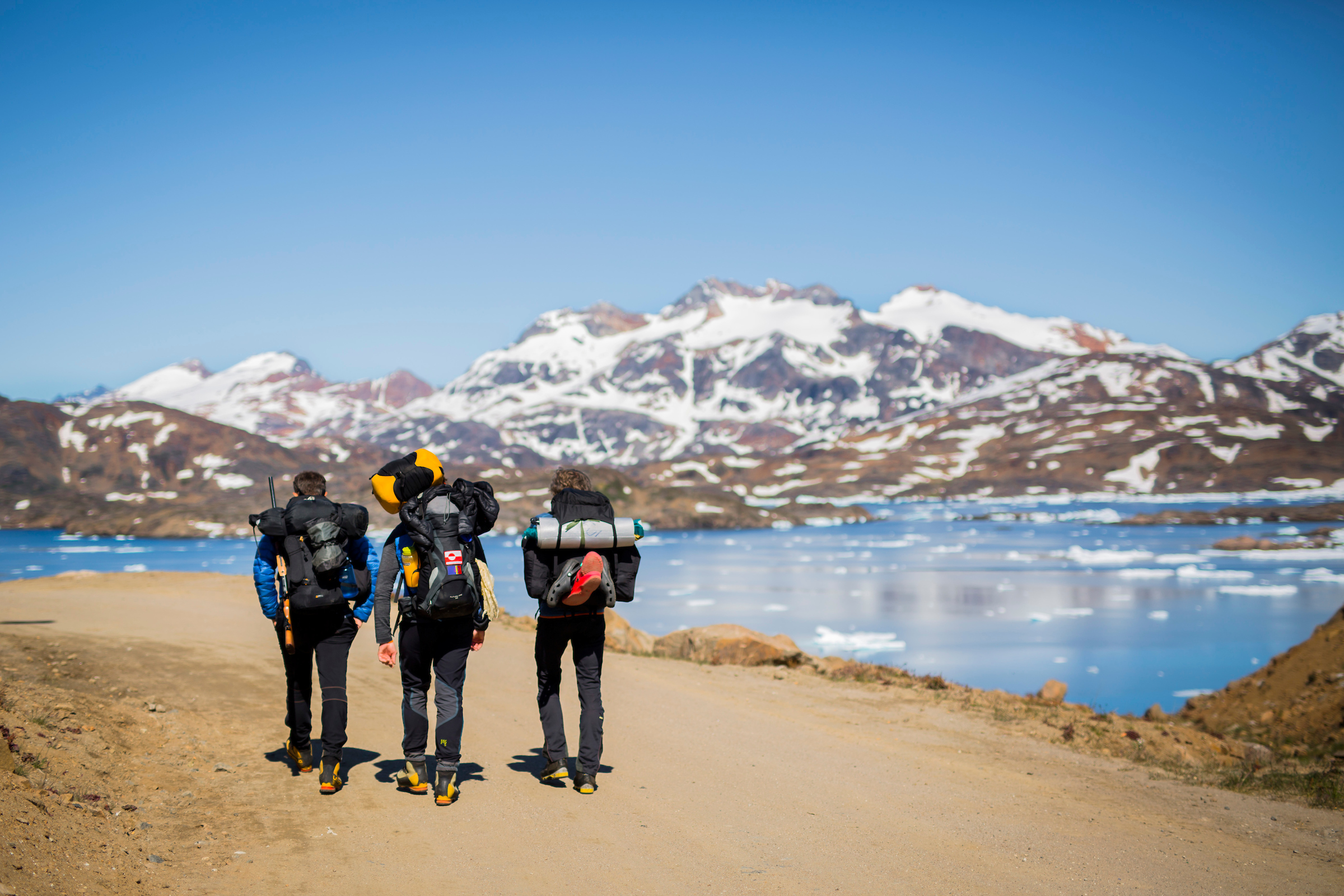Greenland Tour Packing List
 Photo by Aningaaq Rosing Carlsen
Photo by Aningaaq Rosing Carlsen Most people who travel to Greenland like being outdoors and may already have suitable clothing, but it is still important to remind them to pack appropriate. The right clothing is essential when you travel to Greenland, as it will help you get the most out of your Greenland adventure.
Today's excellent outdoor clothes will let you find something practical and comfortable in both the mountains and towns. Hotels do not demand ties and jackets to be worn in their restaurants, nor are high heels a practical choice in the Arctic. On a trip to Greenland, the 'right' solution is layering so you can adjust according to the changing conditions. For example, if you hike in a valley, followed by sailing among icebergs.
We have made some packing lists that may help your prepare for your trip to Greenland:
All year round:
Suitcase. You will have to handle your luggage at the airports and hotels in Greenland. During the tour, your luggage will be handled by hotel staff or others. In smaller settlements, your luggage might be transported by a truck, tractor or a similar vehicle, on unpaved dirty roads. It might get dirty and damaged so do not bring brand new and expensive luggage.
Small backpack for day trips to hold your phone, camera, water, and other personal belongings. If you are planning to hike, the good idea is to have a backpack with a hip belt and a chest strap.
Packing for your Greenland tour in autumn
 Photo by Unsplash
Photo by UnsplashGreenland autumn can be both warm and cold, therefore layers are essential. We recommend to pack the same kind of clothes which would keep you warm on a winter day in central Europe.
Below is a suggested list of clothing you should pack when traveling to Greenland in the fall:
- Warm thin underpants and long undershirts.
- Fleece trousers or sweatpants, a heavy shirt, or a sweater as a middle layer.
- Water-repellent and draught-proof overalls/trousers/pants, preferably padded and large enough to allow underpants beneath
- Thin socks - wool or synthetic, preferably wool. Take a couple of extra pairs, you will need them if you sweat and your feet get moist.
- Thick woolen socks - the thickest you can get, preferably several pairs
- Boots - durable, big enough to allow thick socks and moving toes. Rubber soles are the best; plastic soles get very slippery in lower frost temperatures.
- Warm wool or fleece sweater high on the neck, with a zipper
- Jacket - windproof, water-repellent, breathable
- Hat - wool or fleece
- Ski mask that covers neck, forehead, chin, and cheeks
- Gloves - thick woolen
- Large padded mittens to wear above the thin inner gloves. Two glove layers will help to regulate the temperature. Mittens will save your fingers from the cold.
- A pair of sunglasses to protect your eyes from bright sunlight and snow, and during a trip to the ice cap.
- Lip balm to carry in your pocket
- Camera, binoculars, flashlight, or head torch
